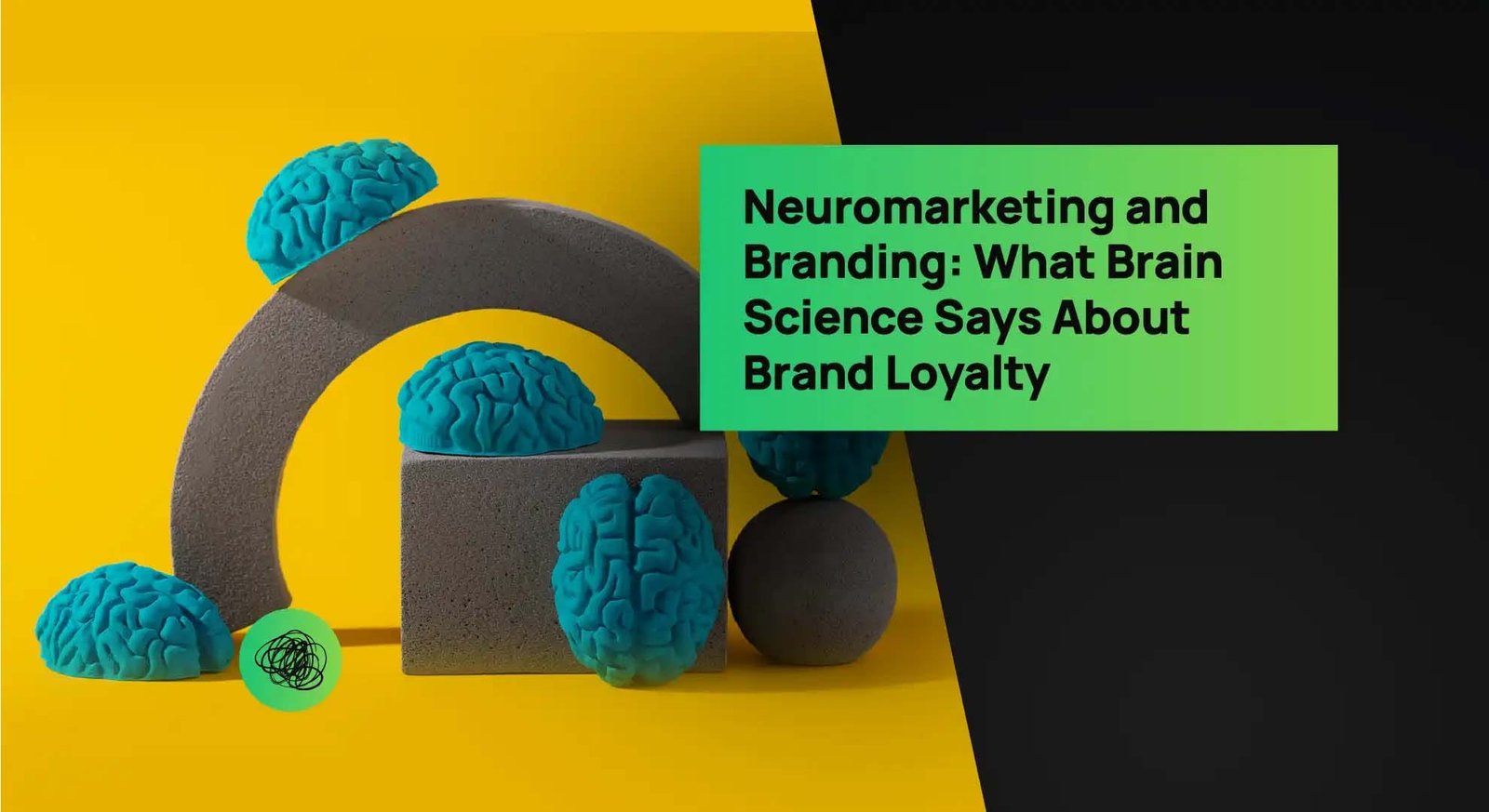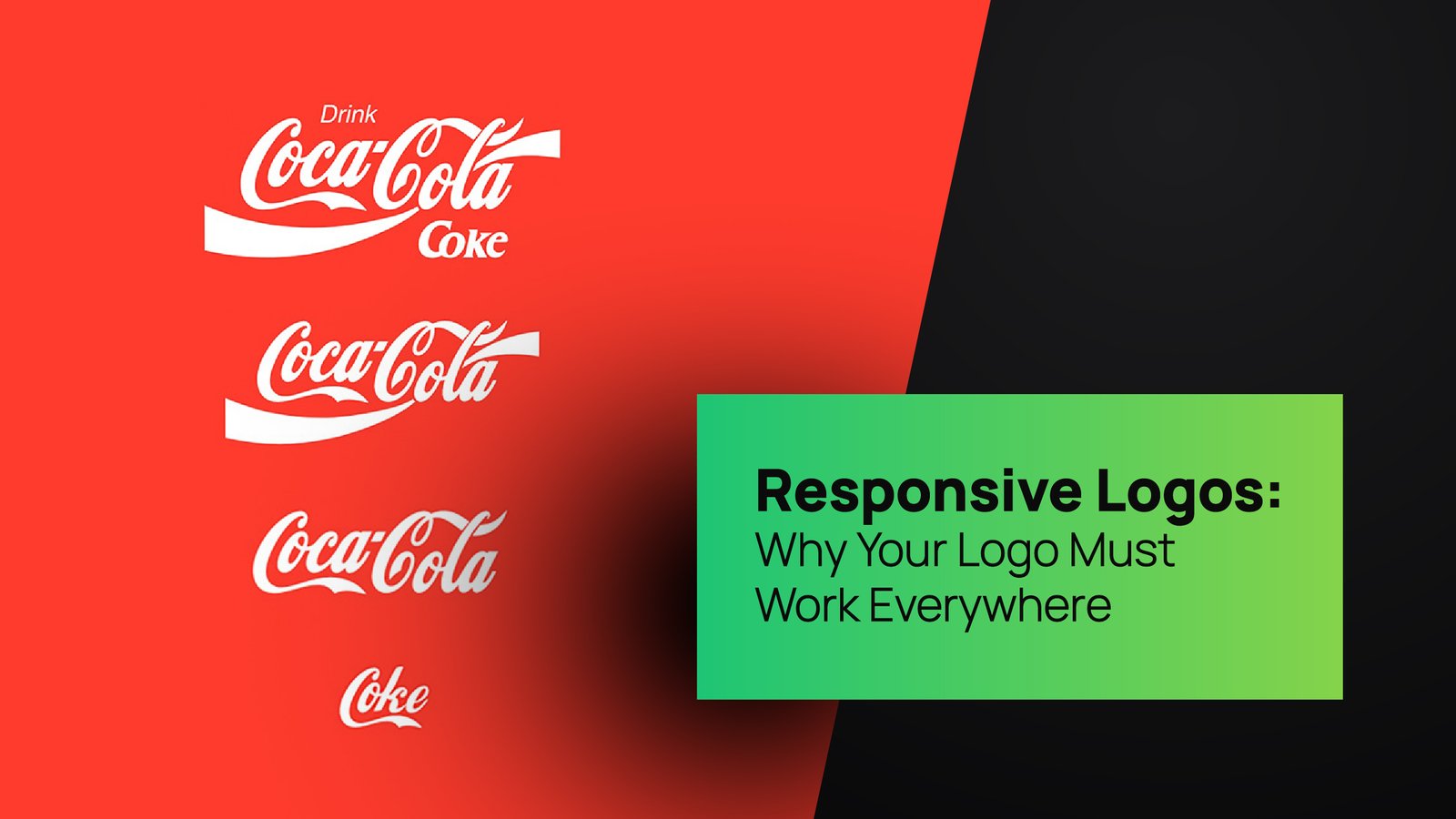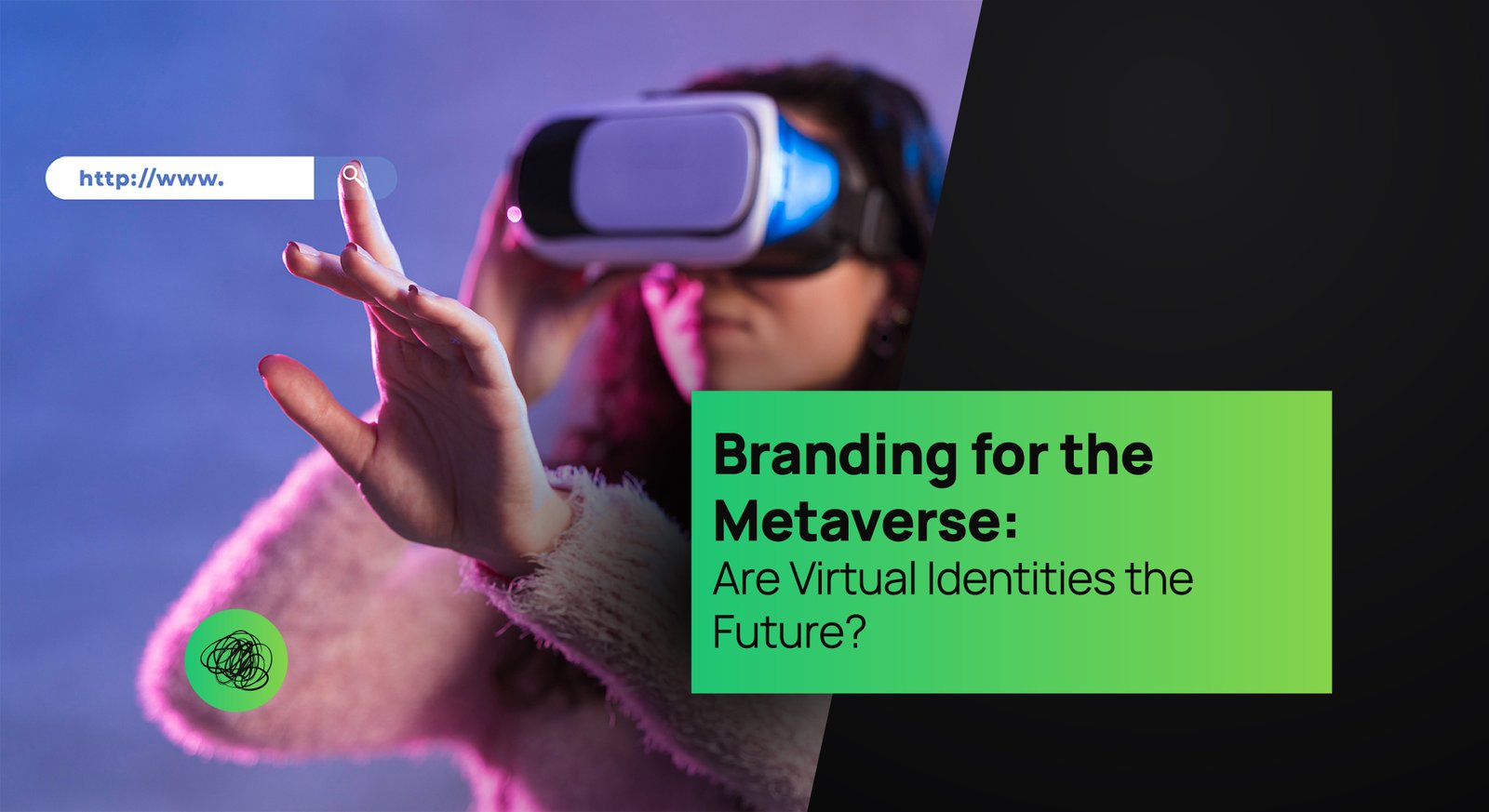If you think your brand is winning hearts because your logo is pretty or your tagline rhymes, we have news for you—your customer’s brain made that decision long before they knew it. Welcome to the oddly fascinating world of Neuromarketing and Branding, where dopamine is king, emotions trump logic, and Thinkster knows exactly how to charm both.
At Thinkster, we don’t just market—we mind-read. (Okay, not literally. Yet.) But we do use some hardcore neuroscience-backed techniques to understand what makes a customer say, “Yup, I’m loyal to this brand till the end of time—or at least until next Tuesday’s sale.”
Ready to peek into the grey matter behind buyer behavior? Let’s take a joyride through brain cells, behavioral patterns, and branding brilliance.
The Science of Seduction: Why Brains Love Brands
Ever found yourself choosing one cola over another—not because it tastes better (blind tests prove otherwise), but because it feels better? That’s brand loyalty psychology in action. And spoiler alert: it has everything to do with your brain’s emotional circuitry and very little to do with logic.
Brands are like mental shortcuts. Our brains are overloaded with information daily, and brands help us categorize experiences, trust quicker, and decide faster. Neuroscientifically speaking, your amygdala (the emotion center) often gets the final vote—not your rational prefrontal cortex.
In short, the brain doesn’t buy products. It buys stories, feelings, and familiarity. At Thinkster, our mission is to build branding strategies that the brain can’t ignore—think of us as your brand’s matchmaker for long-term cerebral connections.
Neuromarketing Strategies: Selling to the Subconscious
Let’s clear the fog—Neuromarketing strategies are not about manipulating people. They’re about understanding how the brain actually makes decisions and creating branding experiences that respect that process.
From fMRI scans to eye-tracking, neuromarketing tools reveal what traditional surveys never could: people don’t always know why they buy, but their brains do. For example, studies show that ads triggering emotional arousal—joy, nostalgia, even fear—create stronger memory traces and more brand recall.
This is why at Thinkster, we don’t just build brands—we build experiences. If you want your customer’s hippocampus (that’s the memory bank, folks) to light up like a Diwali rocket every time they see your brand, you’ve got to go beyond the obvious.
We use neuromarketing and branding techniques that stimulate emotional memory, create pattern recognition, and build consistency—so even your packaging can whisper, “Trust me, I’m familiar.”
Emotional Branding: Tug the Heart, Own the Mind
If logic is a slow, polite dinner guest, emotions are the ones who crash the party, take over the playlist, and convince you to dance. That’s how powerful emotional branding is.
Brand loyalty is born in emotional resonance. When your customer feels something—safe, inspired, empowered—your brand gets encoded in their neural map. Coca-Cola isn’t just sugar and fizz; it’s childhood summers. Nike isn’t just shoes; it’s ambition.
Thinkster thrives on emotional branding. We obsess over tone, colors, music, even micro-copy to ensure every touchpoint reinforces the feeling your brand wants to be associated with. Our campaigns aren’t just click-worthy; they’re oxytocin-firing, dopamine-boosting, brand-bonding moments.
Want to be unforgettable? Make your customers feel seen, heard, and understood. Their brains will do the rest.
Brand Loyalty Psychology: A Love Story in the Brain
So why do we keep going back to the same shampoo, even when a cheaper one sits right next to it? The answer is nestled deep within brand loyalty psychology.
Once a brand earns our trust, our brain literally relaxes. The decision-making process becomes automatic, saving time and energy. It’s called cognitive ease—and the easier your brand is to recognize and rely on, the more likely customers are to stay loyal.
Here’s where Thinkster gets strategic. We design branding systems that prime the brain for quick recognition: repeatable visuals, familiar messaging, rhythmic ad sequences, even smart sonic branding. You think it’s just a jingle; your brain thinks it’s home.
Our brand-building isn’t based on guesswork—it’s based on how the brain falls in love. Slowly, emotionally, and with reinforcement. If that’s not romantic, what is?
Consumer Behavior Neuroscience: Why Logic Loses Every Time
Despite what we tell ourselves, humans are emotional creatures. Consumer behavior neuroscience proves it. Every time someone interacts with your brand—online or offline—their brain reacts before they consciously do.
Neuroscientists found that up to 95% of purchase decisions happen subconsciously. Let that sink in. Rational comparison shopping? Rare. Emotional bias? Constant.
This means if your branding doesn’t connect on a gut level, you’re not even in the race. At Thinkster, we lean into this fact hard. We analyze customer journeys using insights from consumer behavior neuroscience, mapping where emotional spikes and drop-offs happen, and optimizing your brand experience accordingly.
From UX design to copywriting, nothing is left to chance. Because when the customer’s brain decides faster than their mouth can say “Add to Cart,” we want to be the reason why.
Brain Science in Marketing: Dopamine Is the New ROI
The brain has a reward system. And you, dear marketer, want to be a part of it. Why? Because dopamine—the “feel good” neurotransmitter—is released when people experience something pleasurable, novel, or satisfying.
This is the foundation of brain science in marketing: create experiences that reward the brain, and the brand gets remembered.
Want an example? When Thinkster rebranded a wellness brand, we didn’t just focus on the logo—we crafted an entire sensory journey: calming visuals, rhythmic scrolling animations, intentional white space, and scent-driven packaging. Users reported feeling more “at peace” while browsing. That wasn’t just design; that was neuroscience.
Dopamine makes customers come back. Oxytocin makes them trust you. And serotonin? That’s what they feel when your product makes them feel accomplished. These chemicals are your real KPIs.
The Neuroscience of Branding: It’s More Than a Logo
The neuroscience of branding teaches us that a brand is not a visual—it’s a neural pattern. Every color, word, sound, or customer service interaction adds to a mental model. Over time, these signals create a brand “schema” in the mind.
Thinkster crafts these schemas deliberately. We know that the brain loves predictability, but also craves surprise. So, we blend consistency with novelty: recognizable templates with delightful moments. The goal? Forming brand memories that are sticky—like that song you can’t get out of your head.
Brands that engage multiple senses perform better in memory retention. That’s why we encourage clients to invest in sound design, tactile packaging, even brand scents if applicable. The more brain regions activated, the stronger the bond.
It’s not fluff. It’s frontal-lobe fireworks.
Neuromarketing and Branding at Thinkster: Our Brainy Approach
You might be wondering—how does Thinkster use neuromarketing and branding in real-world campaigns? We thought you’d never ask.
We start by understanding your ideal customer’s emotional triggers. What excites them? What scares them? What do they aspire to be? From there, we reverse-engineer your brand to speak directly to those triggers. Then we test it—A/B style, but with emotion at the core. We look at engagement, dwell time, bounce rates, and brand recall over time.
We don’t just hand you a brand book—we hand you a neural blueprint for loyalty.
And we’re fun about it, too. Our team may look like a design agency from the outside, but inside, it’s part neuroscience lab, part creative circus. The result? Brands that click, stick, and convert.
What the Future Holds: AI Meets Neuroscience Meets Branding
As AI advances, the future of neuromarketing and branding is nothing short of exhilarating. With AI-powered neuroanalytics and biometric data, we’re not far from reading micro-emotions in real-time and adapting brand content instantly.
Thinkster is already exploring emotion-responsive ads and dynamic UX based on real-time user sentiment. Our goal? To make branding so intuitive, it feels like your brand knows your customer before they even speak.
So, whether it’s a startup looking to win early love or a legacy brand trying to rewire its reputation—Thinkster is your neural wingman.
Final Thoughts: Brand Loyalty Is Built in the Brain
In the end, customers don’t fall in love with features—they fall in love with feelings. And that love is written in neural code. By leveraging neuromarketing strategies, emotional branding, and insights from consumer behavior neuroscience, you can stop shouting and start resonating.
Remember: your customer’s brain is always listening. Make sure your brand is saying something unforgettable.
If you’re ready to build a brand that doesn’t just get clicks, but real emotional stickiness, Thinkster is the branding agency for you. Because when it comes to neuromarketing and branding, we don’t guess—we geek.



